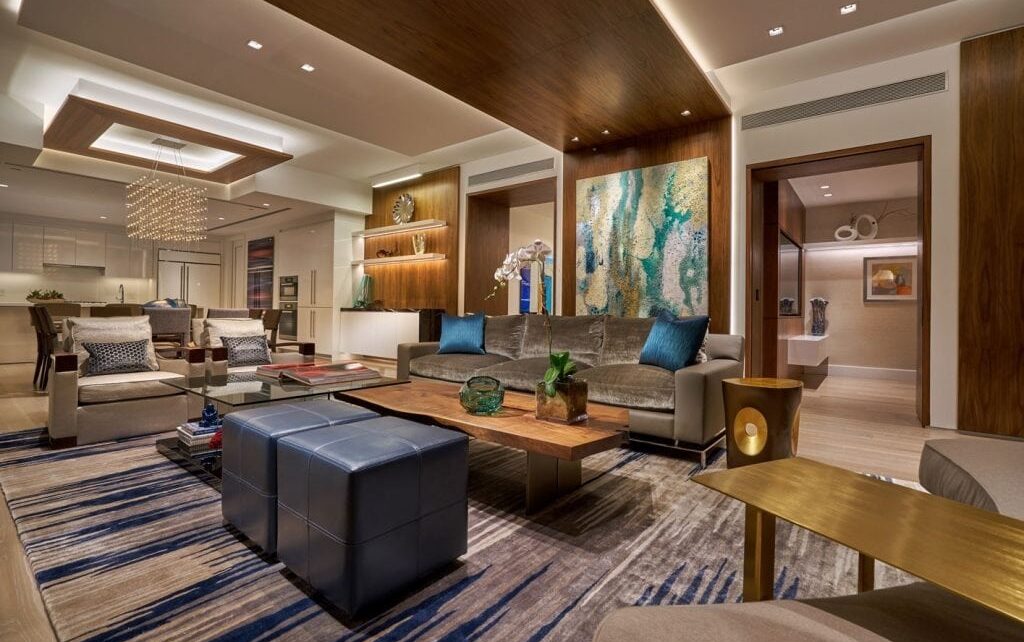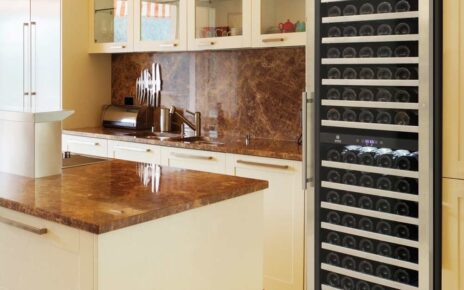If you follow the advise of these lighting experts, you can use light to dramatically transform your home, establish the perfect mood, and make a striking aesthetic statement.
Depending on the bulbs you choose, your living room might seem either vast and glamorous or cosy and intimate. Therefore, we have developed a comprehensive guide to help you choose the lighting system that is most suited for your living area. In this article, experts such as Arjun Rathi, Ali Baldiwala, Nikhil Paul, and Sachin Gupta provide some insightful guidance for others working in the same field.
The Many Forms of Lighting You Should Think About for Your Living Room Ambient lighting
This kind of lighting does double duty by setting the tone and illuminating the space. Its purpose is to illuminate a space uniformly and consistently. Spotlights, wall sconces, and natural light are all examples of directed lighting. Concealed lighting in the ceiling creates a uniform glow across the room. While choosing the modern lights for living room you need to be specific.
This kind of lighting is used to draw attention to a certain area
This class includes both stationary and portable wall sconces, as well as swing-arm lamps, table lamps, and floor lamps. Lighting consoles should be placed at the doorways, in the corners, and at the margins of the rooms, as suggested by Gupta. In addition, he suggests installing lighting in the room’s four corners. These ornamental embellishments double as lamps to illuminate the furthest corners of the house.
Accent lighting, or lighting to set the mood: These lights, as their name suggests, highlight important features of a building or other landmark, such as a piece of artwork. Think of sconces, niche lights, and shelf lights. Gupta suggests using ornate lighting as an emphasis piece on otherwise blank walls.
How should general lighting and task lighting be organised?
Spotlights and other forms of downlighting equipment are often used to cast light downward. Spotlights and downlights come in a wide variety, with some able to rotate to highlight different features of the building’s design. The layered effect created by the reflection of these lights gives the scene an impression of depth and richness. A professional in the field of lighting design may be able to help achieve a sense of harmony while also seeing to technical details like lumen output. “Direct lighting” describes artificial illumination, such as that seen inside of structures. There has been a rise in the use of swivelling recessed downlights and rimless or seamless focal lights. They may be camouflaged, but they call attention to specifics and are built primarily for utility.
Lighting fixtures such as chandeliers, wall sconces, table lamps, cove, strip, and recessed lighting, and so on, may be utilised to set the mood using ambient lighting. When there is no other way to regulate the lighting, like automation, the value of ambient lighting becomes clear. The lighting from these sources is just ambient, but that’s OK since little is more when it comes to creating the right mood.
Select a lighting method with many levels.
Use a combination of ambient, task, and accent lighting to set the mood and emphasise decorative elements in your living space. You may classify lights as either ambient, task, or accent. Task lighting is designed to spotlight specific tasks, such as reading or writing, whereas ambient lighting lights the whole space.





